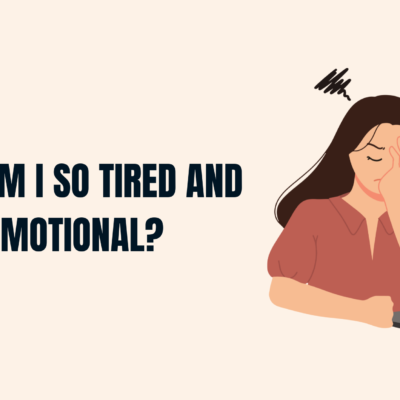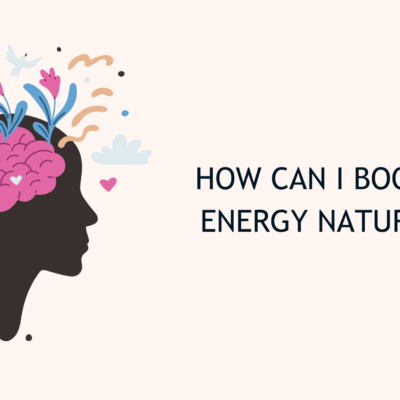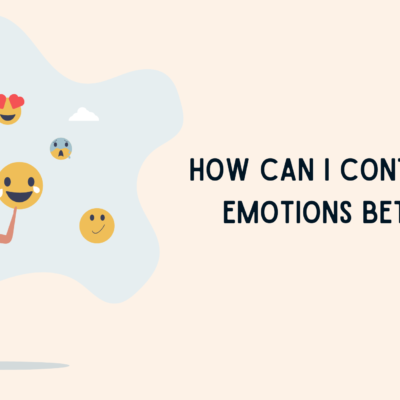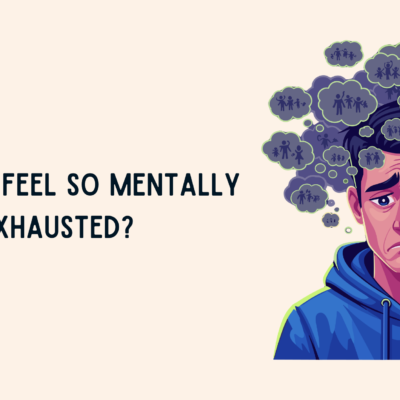How to Manage Emotional Triggers: Emotional triggers are intense reactions sparked by certain events, situations, or behaviors, often tied to past experiences or unresolved emotions. They can leave us feeling overwhelmed, reactive, or even out of control. While triggers are a normal part of being human, learning to manage them is essential for emotional well-being and healthy relationships.
If you often feel “set off” by seemingly small events or interactions, it’s a sign to understand your triggers and develop strategies to respond thoughtfully rather than react impulsively.
Understanding Emotional Triggers
Emotional triggers are stimuli — external or internal — that provoke a strong emotional response. These responses are often automatic and subconscious, shaped by past experiences, trauma, or ingrained beliefs.
1. Why Emotional Triggers Happen
Triggers often activate unresolved feelings or past trauma. Common causes include:
- Childhood experiences: Neglect, criticism, or abandonment can create hypersensitivity.
- Past trauma or abuse: Experiences of betrayal, rejection, or violence may leave lasting emotional scars.
- Unmet needs: Feeling unheard, unappreciated, or unloved can heighten sensitivity to perceived threats.
- Stress and fatigue: Physical or mental exhaustion lowers emotional resilience.
Recognizing that triggers are tied to past experiences rather than current reality is key to managing them.
2. Common Types of Triggers
Emotional triggers vary, but some frequent examples include:
- Criticism or judgment: Feeling attacked or devalued.
- Rejection or abandonment: Fear of being left behind or unloved.
- Conflict or confrontation: Stressful interactions can provoke defensiveness.
- Comparison and inadequacy: Feeling “less than” when measuring against others.
- Loss of control: Situations where you feel powerless or unheard.
Awareness of your personal triggers allows proactive management.
3. How Triggers Affect Behavior
Unmanaged triggers can lead to:
- Explosive anger or emotional outbursts
- Anxiety, panic, or avoidance
- Overthinking or obsessive rumination
- Emotional withdrawal or isolation
- Strained relationships and communication breakdown
Understanding the impact motivates intentional strategies for control.
Steps to Manage Emotional Triggers
Managing triggers is a skill that combines self-awareness, emotional regulation, and behavioral strategies. Here’s a step-by-step guide:
1. Develop Self-Awareness
The first step in managing triggers is recognizing them:
- Keep a journal of situations that provoke strong emotions
- Note your physical reactions (racing heart, tension, sweating)
- Identify recurring patterns or themes
- Reflect on underlying emotions: anger, fear, sadness, or shame
Self-awareness transforms unconscious reactions into conscious choices.
2. Pause Before Reacting
Emotional responses are often automatic. Pausing creates space for a thoughtful response:
- Take deep breaths to calm the nervous system
- Count to 10 or remove yourself briefly from the situation
- Focus on physical sensations to ground yourself
This prevents impulsive reactions and reduces relational conflict.
3. Identify the Underlying Emotion
Triggers often mask deeper feelings. Ask yourself:
- “What am I really feeling?”
- “Does this situation remind me of a past experience?”
- “Am I projecting old fears onto the present?”
Labeling emotions — e.g., “I feel hurt” rather than “I’m angry at them” — reduces intensity and clarifies communication.
4. Reframe Your Perspective
Cognitive reframing shifts interpretation from threat to observation:
- Replace “They are attacking me” with “They have a different opinion.”
- Replace “I’m being rejected” with “This is about their preferences, not my worth.”
- Challenge assumptions before reacting emotionally
Reframing reduces emotional escalation and supports rational decision-making.
5. Communicate Assertively
Expressing emotions constructively prevents resentment:
- Use “I” statements: “I feel upset when…”
- Focus on your experience rather than blaming
- Stay calm, use neutral language, and listen actively
Assertive communication allows emotional expression without harming relationships.
6. Practice Emotional Regulation Techniques
Physiological responses intensify emotional reactions. Techniques include:
- Deep breathing: Slow, intentional breaths lower heart rate and stress
- Progressive muscle relaxation: Release tension in your body
- Grounding exercises: Focus on the present through senses
- Mindfulness meditation: Observe emotions without judgment
Regular practice strengthens resilience against emotional triggers.
7. Set Healthy Boundaries
Triggers often arise from repeated exposure to stressful stimuli or toxic interactions:
- Limit contact with people or environments that provoke extreme reactions
- Communicate boundaries calmly and assertively
- Protect your emotional space without guilt
Boundaries prevent recurrent triggering and safeguard mental health.
8. Address Root Causes
Long-term management requires exploring the source of triggers:
- Reflect on past experiences or trauma contributing to sensitivity
- Consider therapy or counseling to process unresolved emotions
- Use journaling, introspection, or guided exercises to uncover patterns
Addressing root causes reduces trigger intensity over time.
9. Develop Coping Strategies
Practical coping tools help manage triggers in real time:
- Distraction techniques: Engage in a hobby, walk, or music to shift focus
- Self-soothing practices: Warm bath, calming scents, or gentle touch
- Visualization: Imagine a calm, safe place during heightened emotion
- Positive self-talk: Remind yourself, “I can handle this calmly”
Coping strategies empower you to respond intentionally rather than react impulsively.
10. Foster Emotional Intelligence
Emotional intelligence strengthens your ability to navigate triggers:
- Recognize and label emotions in yourself and others
- Understand emotional patterns and causes
- Manage impulses and reactions effectively
- Practice empathy and perspective-taking
High emotional intelligence enhances relationships and personal well-being.
11. Build a Support System
A supportive environment helps regulate emotions:
- Confide in trusted friends or family
- Join support groups or online communities
- Seek guidance from mentors or mental health professionals
- Share strategies for handling triggers with loved ones
Support reduces feelings of isolation and provides perspective.
12. Practice Self-Care and Stress Management
High stress makes triggers more potent. Effective self-care includes:
- Adequate sleep and balanced nutrition
- Regular physical activity
- Time for hobbies, relaxation, and social connection
- Mindfulness or spiritual practices
Caring for your body and mind increases resilience against emotional upheaval.
13. Reflect and Learn After Triggered Moments
Post-incident reflection improves future responses:
- Ask, “What triggered me?”
- Evaluate how you reacted and what could be improved
- Identify lessons or insights for next time
- Apologize if needed, and repair any relational strain
Reflection converts triggering experiences into growth opportunities.
Special Considerations for Relationship Triggers
Triggers often arise in intimate relationships due to heightened emotional investment. Strategies include:
- Communicate clearly and calmly about what upsets you
- Recognize that your partner may have their own triggers
- Avoid projecting past experiences onto current interactions
- Use couples therapy if triggers repeatedly escalate conflict
Understanding both partners’ emotional landscapes fosters empathy and cooperation.
When to Seek Professional Help
Professional support is advisable if:
- Emotional triggers cause frequent conflict or relational strain
- Triggers lead to extreme anger, anxiety, or depression
- Trauma or past abuse amplifies emotional reactions
- You struggle to manage emotions despite self-help strategies
Therapists can teach advanced coping techniques, cognitive restructuring, and trauma processing, offering lasting relief.
Conclusion: Transforming Emotional Triggers into Growth
Emotional triggers are a normal part of human experience, but unmanaged triggers can damage relationships, self-esteem, and mental health. Managing them requires self-awareness, reflection, emotional regulation, and practical coping strategies.
Key takeaways:
- Identify triggers and underlying emotions instead of reacting impulsively
- Pause and breathe to create space for rational responses
- Communicate assertively with clarity and empathy
- Set boundaries and protect your emotional well-being
- Practice mindfulness and emotional regulation techniques regularly
- Address root causes through reflection or professional support
- Build a support system and practice self-care to strengthen resilience
- Reflect and learn from triggering situations to improve future responses
With practice, triggers shift from being disruptive forces to opportunities for self-awareness, emotional mastery, and healthier relationships.
Remember: You cannot always control what triggers you, but you can control how you respond. Emotional mastery transforms reactive patterns into conscious, empowered choices.






